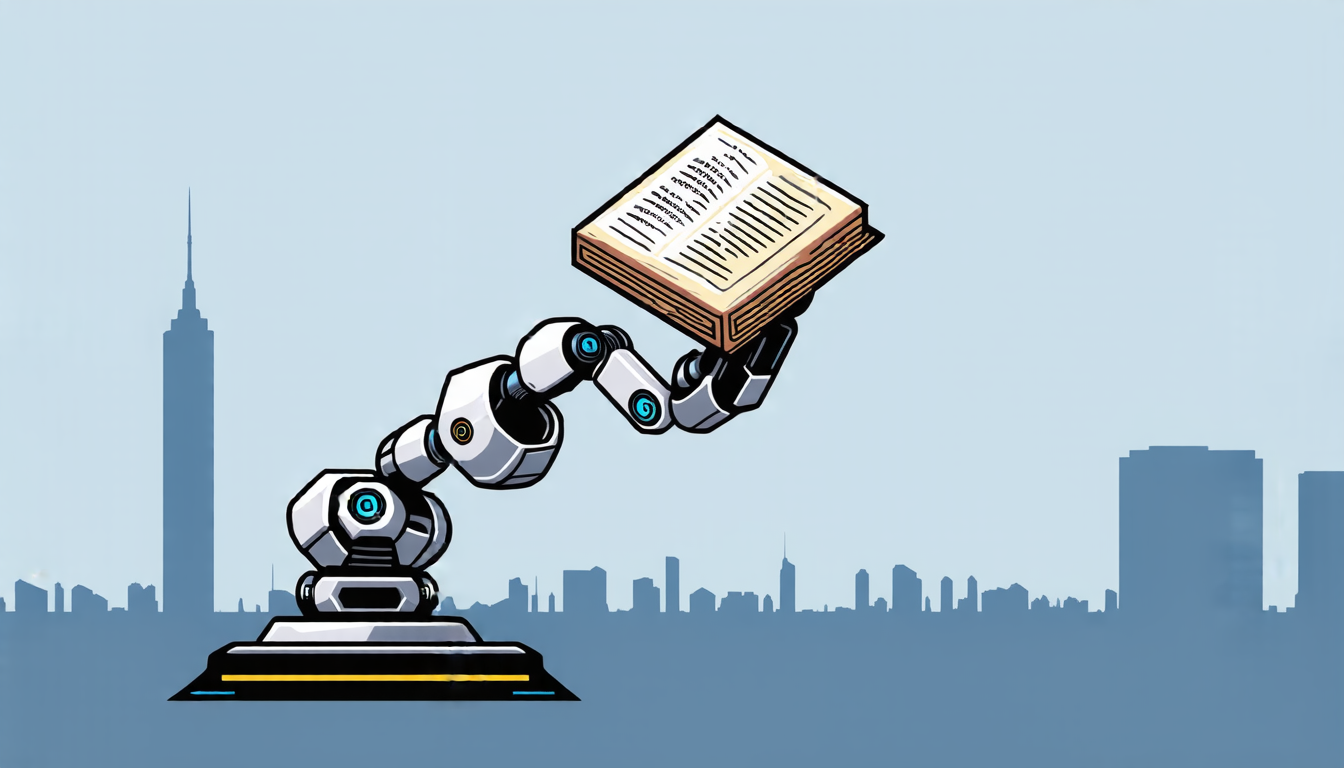Thursday 01 May 2025
The latest advancements in multimodal large language models (LLMs) have led to a significant breakthrough in mitigating hallucinations, a long-standing issue plaguing these AI systems. Hallucinations occur when an LLM generates text or visual outputs that contradict the input data or are entirely fabricated. This problem has hindered the widespread adoption of LLMs for various applications, including image captioning, visual question answering, and chatbots.
Researchers have been working tirelessly to develop solutions to tackle this challenge. One approach involves training models on large datasets with diverse modalities, such as text, images, and audio. However, this method often results in a trade-off between accuracy and generalizability. Another strategy is to incorporate visual information into the model’s architecture, but this can lead to increased computational costs and complexity.
Enter Decoupling Contrastive Decoding (DCD), a novel framework that decouples the learning of positive and negative samples in preference datasets. This approach enables the training of separate positive and negative image projections within the LLM, allowing for more effective hallucination mitigation. The negative projection models real hallucination patterns, which are then used to generate vision-aware negative images during inference.
DCD’s effectiveness is demonstrated through extensive experiments across various benchmarks and tasks. In contrastive decoding, the model is trained to predict whether a generated image or text matches the input data. By incorporating DCD, LLMs can suppress hallucinations while maintaining their general reasoning capabilities. This approach outperforms handcrafted contrastive decoding methods and achieves similar results to direct preference optimization (DPO), a training-based solution that requires paired preference data.
The implications of this breakthrough are far-reaching. With more reliable LLMs, applications such as image captioning, visual question answering, and chatbots can become more accurate and trustworthy. This technology also has the potential to improve the performance of AI systems in various domains, including healthcare, autonomous vehicles, and natural language processing.
Despite these advancements, there is still much work to be done. The authors acknowledge that DCD may not be suitable for all scenarios and highlight the need for further research into hallucination mitigation. Nevertheless, this breakthrough represents a significant step forward in the development of more reliable and effective LLMs.
The future of AI-powered applications hinges on the ability to create systems that can accurately understand and generate multimodal data. With DCD, researchers have made a crucial contribution towards achieving this goal.
Cite this article: “Decoupling Contrastive Decoding: A Novel Framework for Mitigating Hallucinations in Multimodal Large Language Models”, The Science Archive, 2025.
Large Language Models, Hallucinations, Multimodal, Contrastive Decoding, Decoupling, Preference Datasets, Image Captioning, Visual Question Answering, Chatbots, Natural Language Processing.







